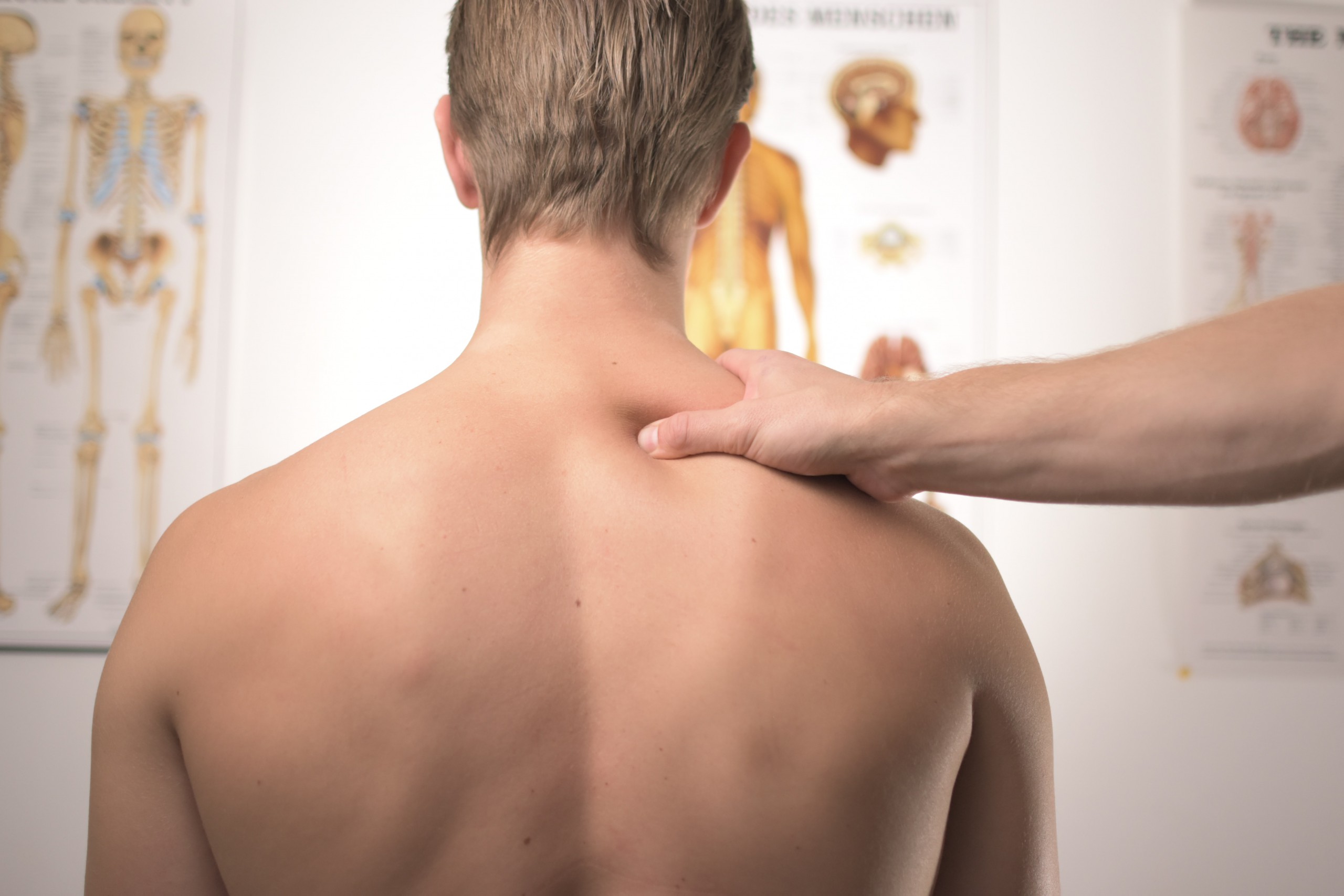This blog is excerpted from a Hackensack Meridian Health article with clinical contributions made by Florian Thomas, M.D., Ph.D., on June 25, 2021.
A complex structure of bones, cartilage, ligaments, nervous tissue and muscle, the spine keeps the body upright. It also protects the spinal cord, which is part of the central nervous system that joins the brain to the rest of the body, creating an electrical superhighway that enables breathing; digestive, bladder and sexual function; sensation; and movement. Without a strong, healthy spine, the body simply doesn’t work.
Because the spine is so important, protecting it is vital, says neurologist Florian P. Thomas, M.D., Ph.D., chair of the Department of Neurology and Neuroscience Institute at Hackensack University Medical Center and at Hackensack Meridian School of Medicine. Dr. Thomas says you can optimize you spine health by:
1. Building core strength: Although few people will ever endure a spinal cord injury, most individuals at some point will experience neck or back pain as a result of spinal strain or instability. One of the best remedies against this is exercise—strength training, in particular. “One of the biggest sources of back pain is lack of trunk strength, whether it’s your glutes, your abdominal muscles or your back muscles. So exercising the trunk is really important,” Dr. Thomas says. “Maintaining strength is essential throughout life. Many older people develop frailty, which is a bad prognosis sign in general.”
2. Maintaining a healthy weight: Obesity can be another major source of spine pain. “It changes your body mechanics because there’s more weight that hangs on your muscles, bones and ligaments,” Dr. Thomas explains. “If you have a large gut, especially, it moves your center of gravity forward, and that’s unhealthy for your spine.”
3. Stopping smoking: You know that smoking is bad for your health, but you probably never realized that it’s bad for your spine. “Although we’re not quite sure why, there’s increasing evidence that back pain is more common in smokers,” Dr. Thomas says.
4. Minding your medications: Especially for older adults, a common cause of injuries to the spine and spinal cord is falls, and a common cause of falls is medication—in particular, medications that cause drowsiness, dizziness or brain fog, like sleep aids, anxiety medications, opioids or antihistamines. “If you take antihistamines, you have to be very careful because they interfere with certain neurotransmitters that our brain needs for thinking, remembering and coordination,” Dr. Thomas says. “One should not take those medications habitually.”
5. Fall-proofing your home: You also can prevent spine-threatening falls by cleaning and in some cases modifying your home. “Area rugs, pets and children’s toys are all problematic,” explains Dr. Thomas, who recommends installing night lights so you don’t trip over things in the middle of the night. Because bathrooms are especially hazardous, you might consider installing grab bars in your shower and next to your toilet.
6. Avoiding unnecessary risks: Riding a motorcycle. Downhill skiing. Bicycling. Horseback riding. Snowmobiling. Gymnastics. Diving. These are just a few of the many activities that can cause spinal cord injuries. Whether to participate in them is up to you. “Every person needs to make their own risk assessment and decide for themselves what compromises they’re willing to make to live in the world.”
Read the full article from Hackensack Meridian Health here: https://www.hackensackmeridianhealth.org/HealthU/2021/06/25/7-things-you-can-do-to-protect-your-spine/

